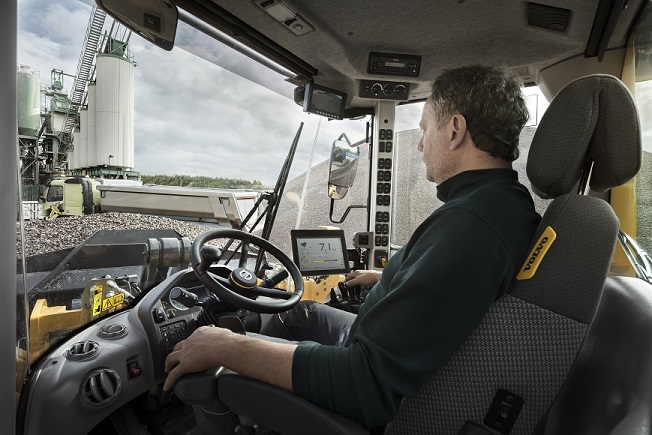
A spokesperson for the Swedish headquartered manufacturer: "Hiring can be tiresome but it’s worth putting in the effort to find a great new wheeled loader operator. Finding a well-suited operator can be hard. You need someone who follows maintenance practices, abides by health and safety procedures, and who is mindful of fuel consumption. You don’t want an operator who wears out the wheeled loader unnecessarily, and worse still, you don’t want an operator who causes major safety hazards to themselves and the crew.
"From experience, the below tips have proved fruitful in finding the best possible operators. You can also consider these points to assess the aptitude of your current operators."
• How well do they plan and structure their work?
For a skilled operator, more than half of the skill lies in the ability to plan and structure their work in a smart and efficient way. Many operators have a big responsibility to plan and lead their own work and the difference between one who plans their work smartly and another who doesn’t, can be huge. The way to determine an operator’s ability to plan their work efficiently is to interview the applicant about their knowledge of the specific work that is performed at the company. Check references from previous employers and let the operator test-operate to see how quickly they understand and how efficiently they perform the new work.
• How good is their walkaround?
One of the key indicators of an operator’s efficiency occurs before they even set foot in the cab. Get the applicant to do a walkaround inspection to assess their level of attentiveness. Get them to check everything that they should naturally do before operation, from tyre inflation pressures, to leaks, fluid, and fuel levels. Astute levels of observation are vital for this role, and if they miss something, it’s a glaring sign that they may not be the right fit.
• How much care do they take when entering and exiting the cab?
Slips and falls are a common worksite injury, particularly when entering and exiting the wheeled loader cab. This mostly avoidable injury can cause a massive dip in worksite productivity, alongside substantial workers’ compensation claims. To avoid this, observe the care that an applicant takes. Positive indicators are maintaining three points of contact on entry and exit and facing towards the cab when using the ladder.
• How much notice do they take of their surroundings?
Failure to recognise hazards in the machine’s surroundings is one of the most common causes of accidents. A sign that the applicant is fit for the role is if they adjust the seat and mirrors accordingly and survey the surrounding area before commencing operation.
• How smoothly do they operate?
Everyone wants a smooth operator. If possible, put your applicants through a real-life test. A short cycle loading will provide you with enough information about their ability, plus, you can measure and compare the fuel consumption of each candidate. Indicators of skill are:
- Quickly and effectively filling the entire loader bucket
- A series of fluid motions in the load and dump cycle
- Conserving fuel throughout the process
If you don’t have time to test applicants on real equipment, simulator programs can be a good assessment alternative. This simulator training can often be done by an equipment manufacturer or a technical school with an operator training program.







